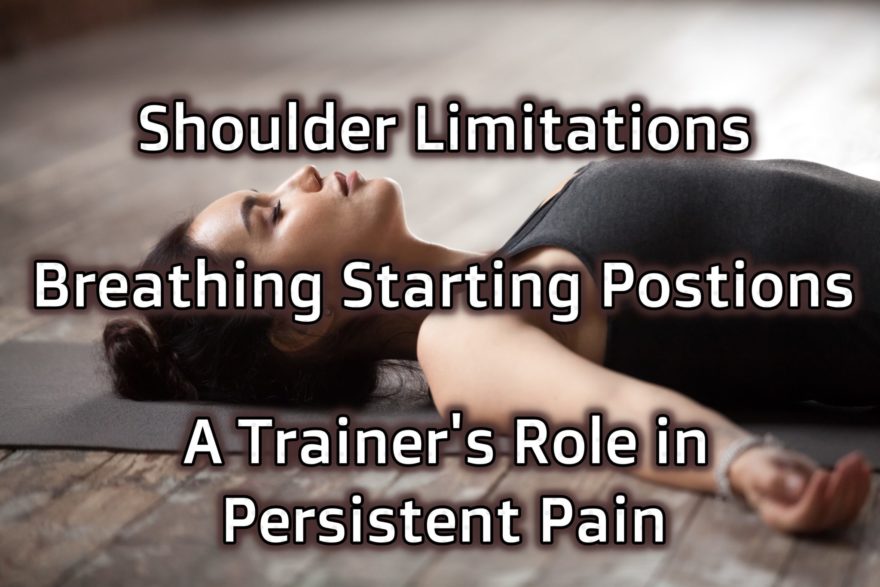Tag: exhale

Troubleshooting the Stack
Can’t talk to me? Then fine-tune your stack, fam! The stack is one of the foundational components needed for A…
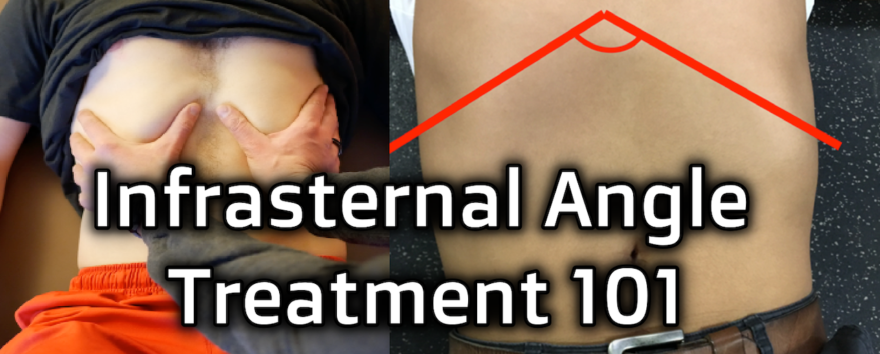
Infrasternal Angle Treatment 101
I measured the infrasternal angle…..uhhh, now what? No doubt you’ve heard a bazillion things about the infrasternal angle. You maybe…

Assessing Compensatory Strategies
A deep dive into the practical application of respiratory mechanics When you deep dive into the biomechanics, it’s easy to…

Infrasternal Angle Compensations and Treatments
A deep dive into the infrasternal angle Movement Debrief Episode 115 is in the books. Below is a copy of…

Top 10 Posts of 2019
At the end of each year, I like to see what you beautiful…sexy…outstanding people liked. What the fam….recognized (fam). This…

Top 10 Debriefs of 2019
At the end of each year, I like to see what you beautiful…sexy…outstanding people liked. What the fam….recognized (fam). I…
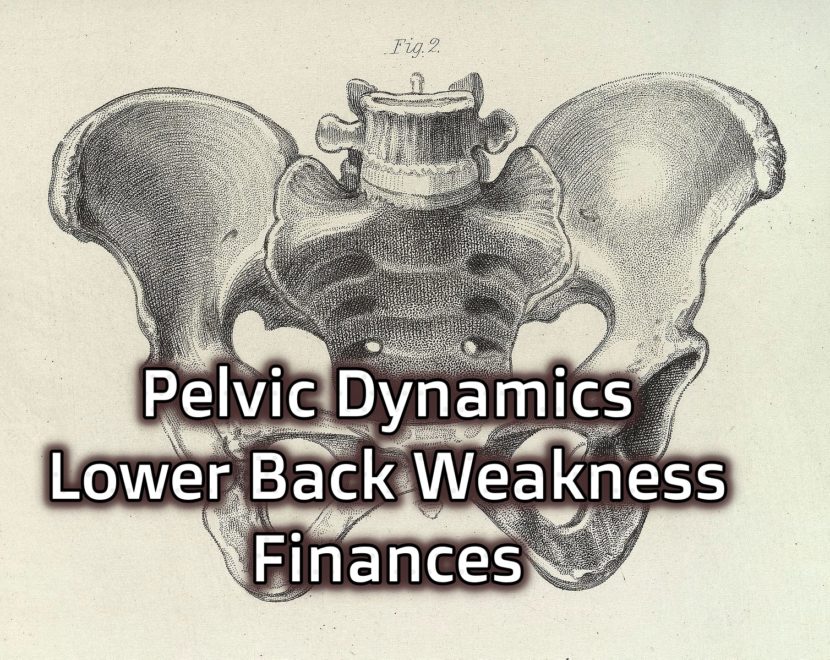
Pelvic Dynamics, Lower Back Weakness, and Finances – Movement Debrief Episode 103
Movement Debrief Episode 103 is in the books. Below is a copy of the video for your viewing pleasure, and…

A Consistent Approach to Coaching Course Review
You can take a seminar on just about any topic in our industry…except one. Coaching. How is it that something…

Belly Breathing, Cramping, and Exhales – Movement Debrief Episode 77
Movement Debrief Episode 77 is in the books. Below is a copy of the video for your viewing pleasure, and…

Breathing, Thoracic Spine, and When it’s Safe to Load – Movement Debrief Episode 63
Movement Debrief Episode 63 is in the books. Below is a copy of the video for your viewing pleasure, and…
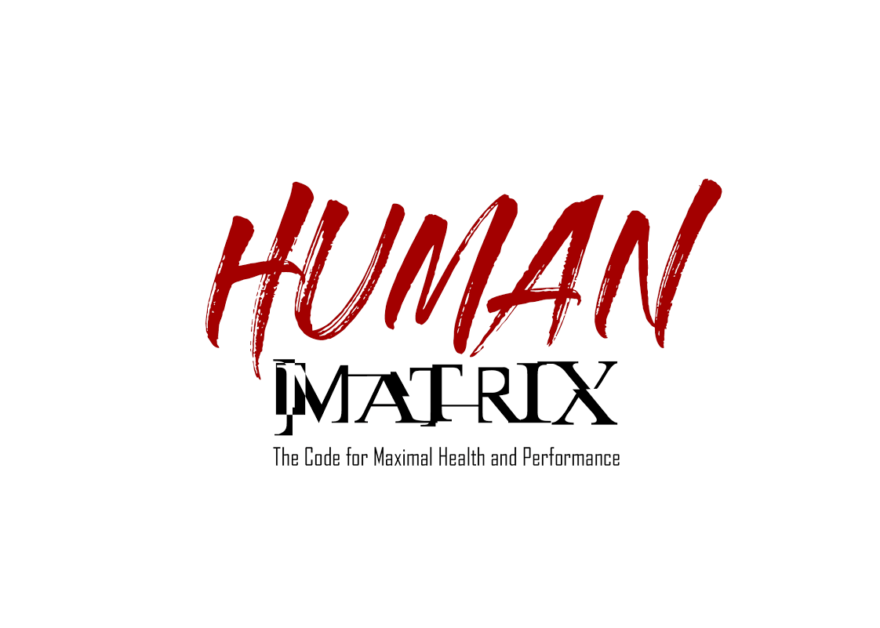
Learn Normal Respiratory Mechanics from the Human Matrix Manual
Do you… Have patients who hurt multiple areas and are unsure where to start? Have training clients who can’t perform…
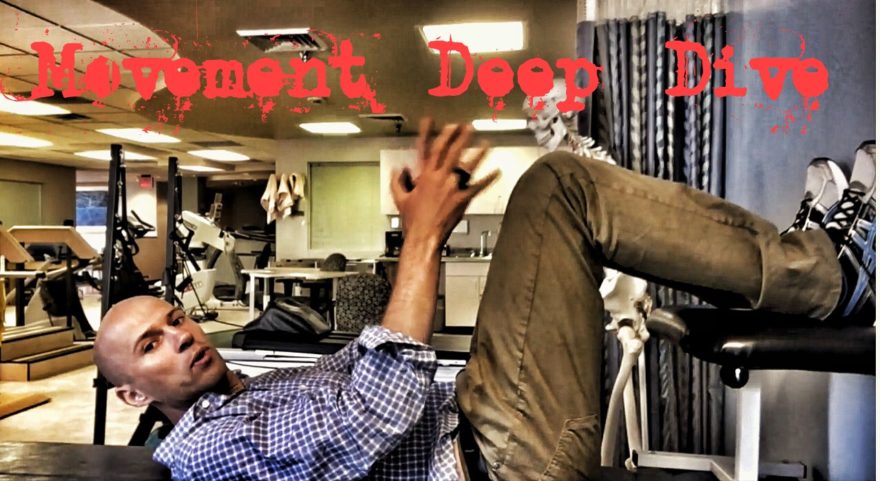
90/90 Hip Lift – A Movement Deep Dive
The Fundamental Rehab Technique It’s a classic that does so much more than the naked eye can see. This round…

